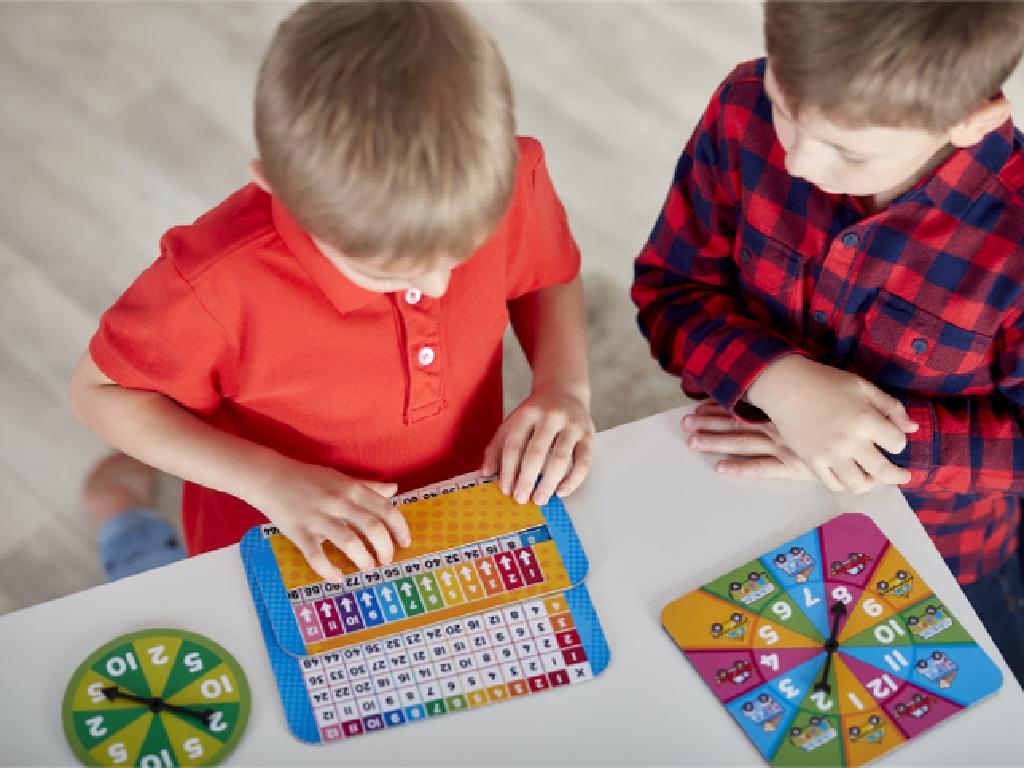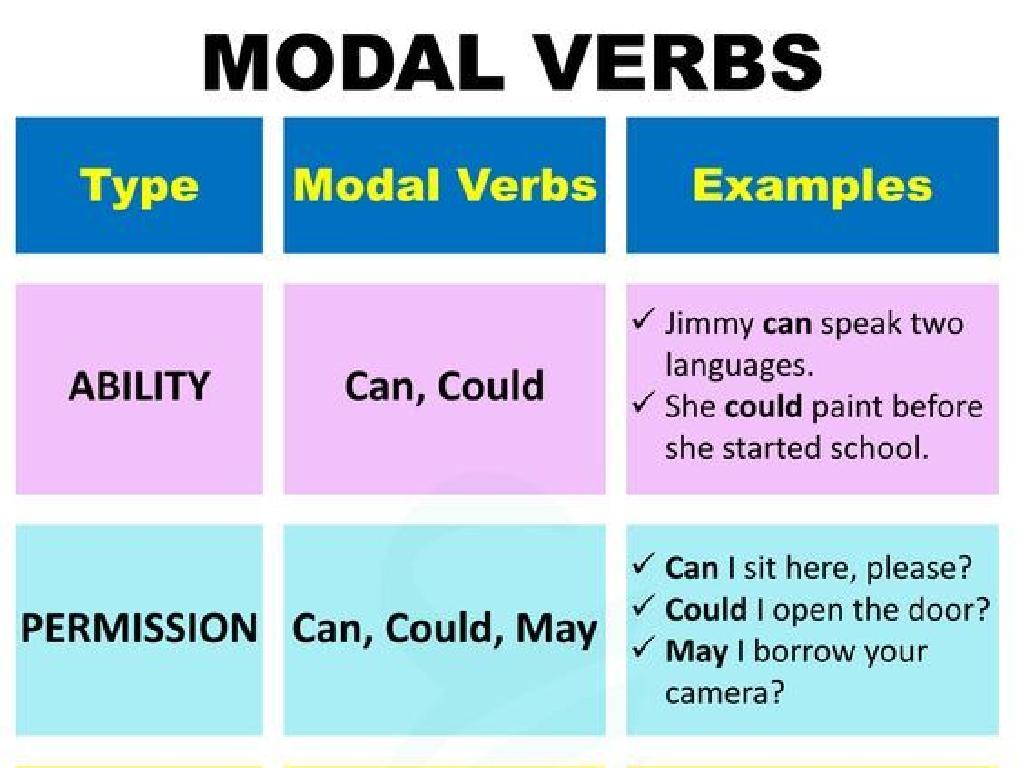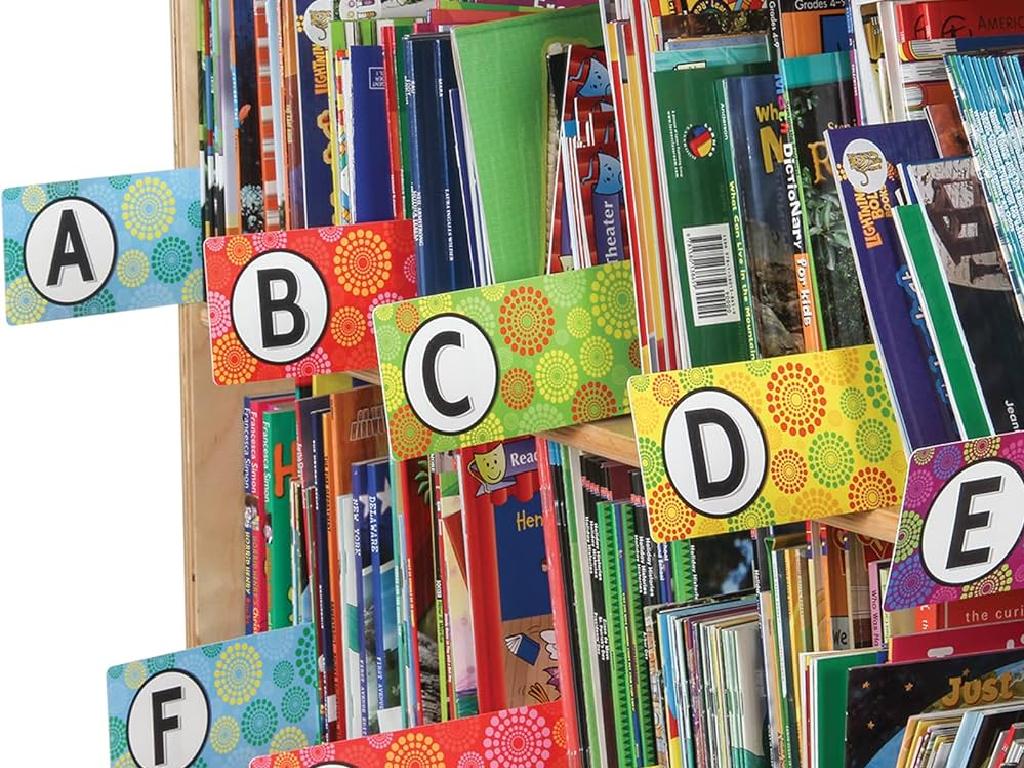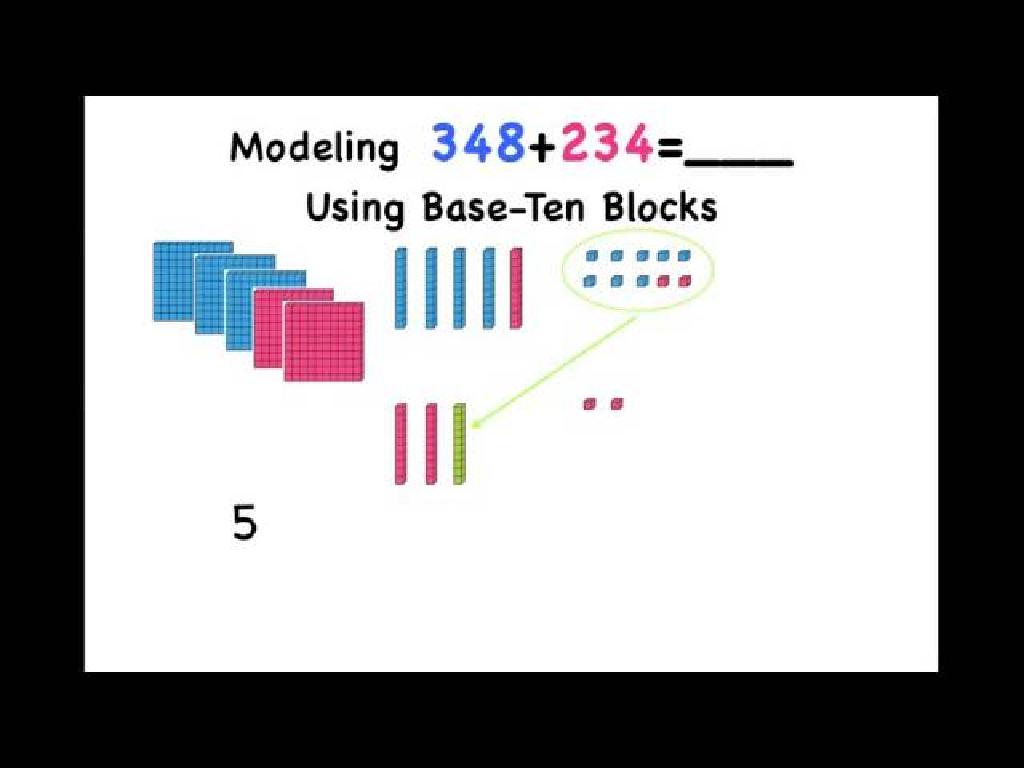Area Of Complex Figures
Subject: Math
Grade: Fourth grade
Topic: Area
Please LOG IN to download the presentation. Access is available to registered users only.
View More Content
Exploring Area: Introduction
– Area is space inside a shape
– Calculating area is practical
– Helps in buying carpet or planting a garden
– Real-life examples of area
– Floor tiling, land purchasing, painting walls
– Activity: Find areas around us
– Measure areas of objects in the classroom
|
Begin the lesson by explaining that area is the amount of space inside the boundary of a flat (2-dimensional) object, such as a square or circle. Emphasize the practicality of calculating area in everyday life, such as determining the amount of paint needed for a wall or the size of carpet for a room. Provide real-life examples where calculating area is essential, like in construction, farming, or interior design. Engage students with an activity where they find and measure areas of objects in the classroom, like books, desks, or the floor space. This will help them relate the concept of area to tangible items they interact with daily.
Understanding Simple Shapes
– Area of a Rectangle: length x width
– Multiply the length by the width for rectangles.
– Area of a Square: side x side
– For a square, multiply one side by itself.
– Quick Practice: Calculate areas
– Use sample shapes to practice finding area.
|
Begin the lesson by reviewing the concept of area, focusing on rectangles and squares, which are the building blocks for understanding more complex figures. Reinforce the formulas: for rectangles, area is calculated by multiplying the length by the width, and for squares, by multiplying one side by itself. After the review, engage the students with a quick practice session where they calculate the area of various rectangles and squares. This will help solidify their understanding and prepare them for learning about the area of more complex figures. Provide guidance and support as needed during the practice session, and ensure that each student is able to perform the calculations correctly.
Breaking Down Complex Figures
– Identify simple shapes in complex figures
– Look for rectangles, squares, triangles
– Divide figures into manageable parts
– Use lines to separate the figure into known shapes
– Example: ‘L’ shaped figure breakdown
– Divide an ‘L’ shape into two rectangles
– Calculate area of each part
– Add the areas of each shape for total area
|
This slide aims to teach students how to approach complex figures by identifying and dividing them into simpler shapes they are already familiar with, such as rectangles and triangles. By doing so, they can calculate the area of each part separately and then combine them to find the total area. For example, an ‘L’ shaped figure can be divided into two rectangles. Students can calculate the area of each rectangle by multiplying the length by the width and then add the two areas together to find the total area of the ‘L’ shape. Encourage students to practice with different complex figures and to draw the lines that divide the figures on their own.
Calculating Area of Complex Figures
– Add areas of simple shapes
– Break down figure into rectangles, triangles, etc.
– Subtract overlapping parts
– Only if shapes overlap, subtract smaller area from total
– Example: Complex figure area
– Use a figure with combined shapes, calculate total area
– Practice with different shapes
|
This slide introduces students to the concept of finding the area of complex figures by breaking them down into simpler shapes whose area they can calculate easily. Emphasize that sometimes, figures may overlap, and they’ll need to subtract the area of the overlapping part. Use a specific example, such as a figure consisting of a rectangle and a triangle overlapping, to demonstrate the process. Encourage students to practice with various shapes to build confidence. Provide additional examples and encourage students to try creating their own complex figures to apply what they’ve learned.
Practice Problems: Area of Complex Figures
– Work on practice problems as a class
– Discuss strategies for complex areas
– Break down figures into simpler shapes like rectangles and triangles
– Explain your problem-solving steps
– Share how you figured out the area step by step
– Encourage peer discussion
– Listen and learn from how classmates solve problems
|
This slide is designed to engage students in active problem-solving and discussion. Start by working through a few practice problems together, demonstrating how to approach complex figures by breaking them down into simpler shapes. Encourage students to discuss different strategies they might use, such as finding the area of each simple shape and then combining them. Ask students to explain their thought process as they solve the problems, which will help solidify their understanding and give them confidence. Finally, promote peer discussion to allow students to learn from each other, hear different perspectives, and understand that there can be multiple ways to approach a problem. Possible activities include solving problems on the board, in small groups, or using manipulatives to build and calculate the area of complex shapes.
Class Activity: Create Your Complex Figure
– Draw a complex figure using simple shapes
– Calculate the area of your figure
– Add areas of simple shapes to find total area
– Share your figure and calculation
– Discuss findings with a partner
– Explain your method and compare results
|
In this activity, students will apply their knowledge of area by creating a complex figure composed of simple shapes such as rectangles, triangles, and circles. They will then calculate the total area of their figure by finding the area of each simple shape and adding them together. Afterward, students will pair up to share and discuss their figures and the strategies they used for calculation. This exercise encourages creativity, reinforces the concept of area, and fosters peer learning. Possible variations for different students could include using different sets of shapes, creating figures with a specified area, or challenging them to find the area of a figure with overlapping shapes.
Wrapping Up: Area of Complex Figures
– Recap: Steps to find area
– Break down figures, find each area, then add them up.
– Understanding area’s usefulness
– Area helps in real life, like planning a garden or flooring a room.
– Time for questions!
– Let’s answer any final curiosities or confusions.
|
As we conclude, revisit the method for calculating the area of complex figures by breaking them into simpler shapes, calculating the area of each, and then combining those areas. Emphasize the practical applications of understanding area, such as in home improvement projects or even in arranging furniture. This real-world relevance helps students appreciate the importance of the concept. Finally, open the floor for any lingering questions to ensure clarity and understanding. Encourage students to think of their own examples where they could apply their knowledge of area.






